When you think of the word “acidic”, what images first spring to mind? Perhaps visions of lemons, vinegar, and upset stomachs — but I will hazard a guess that a pile of soil didn’t join their number.
If you’re hoping to grow a bumper crop of blueberries or potatoes, soil acidity and learning how to make soil acidic should become something you’re thinking about more often.
On land that is alkaline to a fault (something more common west of the Mississippi), you may find your plants just don’t thrive as they should. Many garden plants, especially popular ones like tomatoes, squash, blueberries, and potatoes, prefer slightly acidic soil.
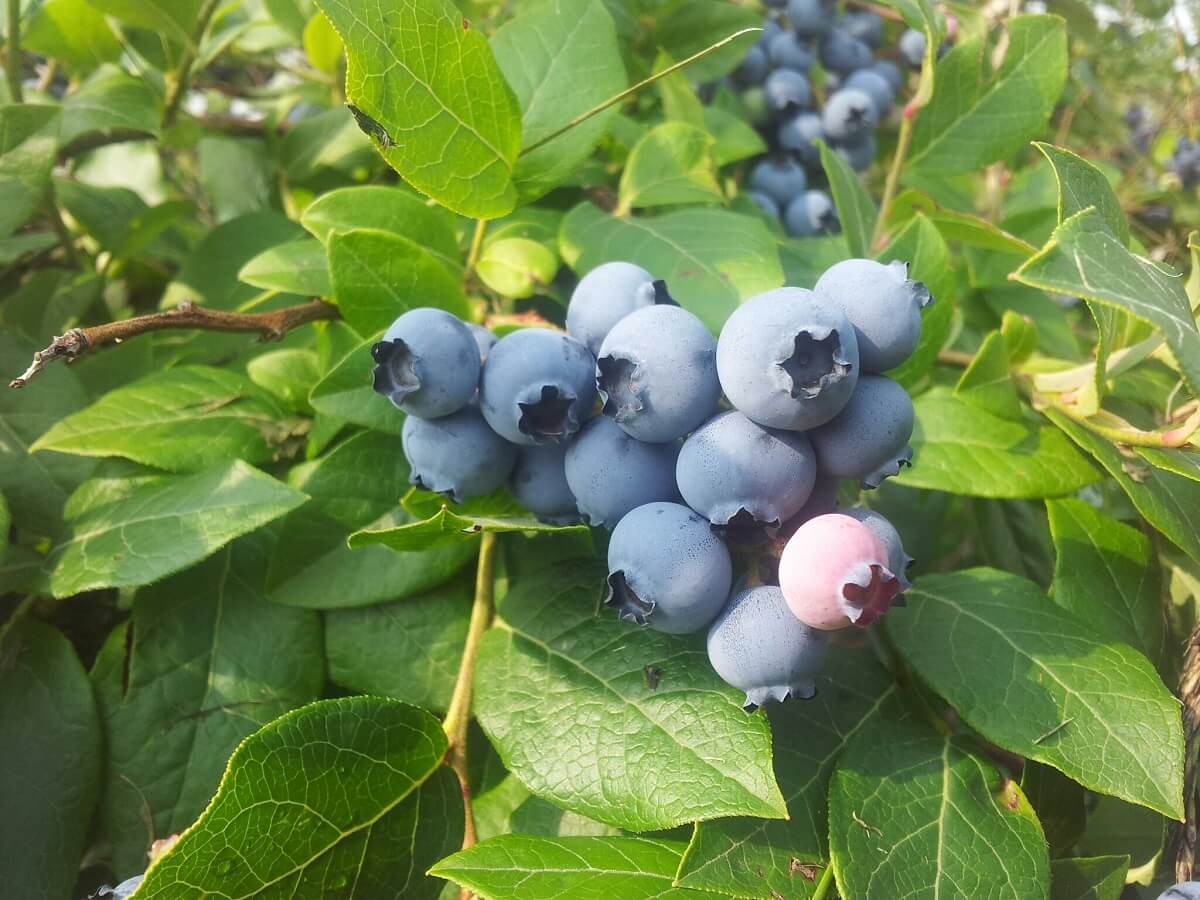
A pH between 6.5 and 7 is ideal, allowing essential nutrients to be slowly dissolved and made available. Many decorative plants and flowers like hydrangeas and rhododendrons like it even tangier, and enjoy soils as acidic as 5.5 pH value. Apple trees can do well at a pH of 5.
Now, before you go about trying to change the chemical nature of your soil, always take some time to understand what you’re working with first. For background, check out Insteading’s article on what soil pH is, and why it’s important. Then, take some soil samples from the areas you want to change. A simple pH test, usually available at any garden store and easy to order online, will give you the numbers.
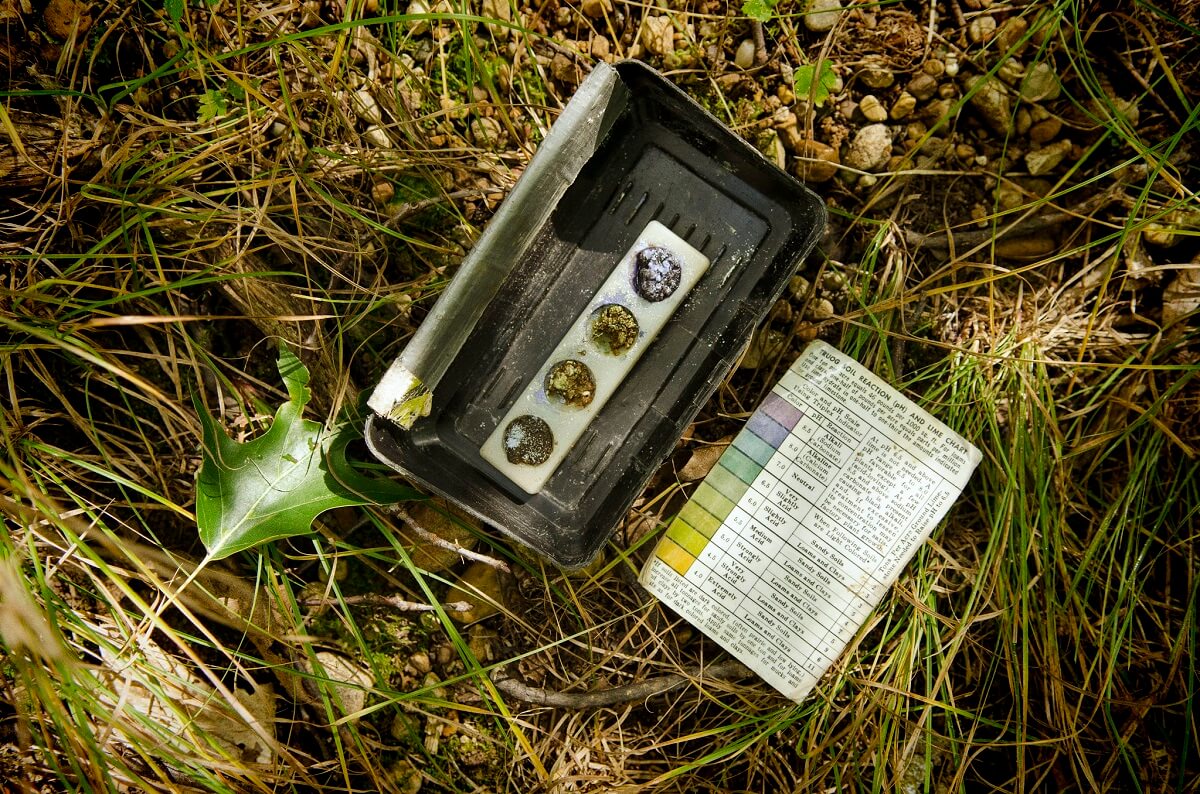
So let’s say that you’ve done your tests, and you’ve found that your specific garden plot is just too alkaline for your future plans and plants. Don’t give up hope — gardeners throughout time have found lots of ways to work with the soil and gradually change the pH to be more acidic and better-suited to their needs.
Related Post: Soil Testing
Keep in mind, intrepid soil chemists, that making alkaline soil more acidic is a bit more difficult than neutralizing acidic ones, but if you’re up for the challenge, this article is here to help.
Let’s get into some methods and ideas for how to make soil acidic in your garden plot.
Adding Sulfur or Ammonium Sulfate
Conventional gardening literature often recommends adding sulfur to the soil as a means of acidifying it. I’m including this in the article because it is a common way to affect your soil’s pH, but I don’t like it, and it doesn’t come with my hearty recommendation.
A successful and productive garden is possible for anyone with a bit of land, regardless of income and available outside resources. While you can spend money at a garden center for dangerous-to-store, mystery stuff in a throwaway plastic bag to achieve your garden goals, you certainly don’t have to. This is not the only option, as we’ll read later in this article.
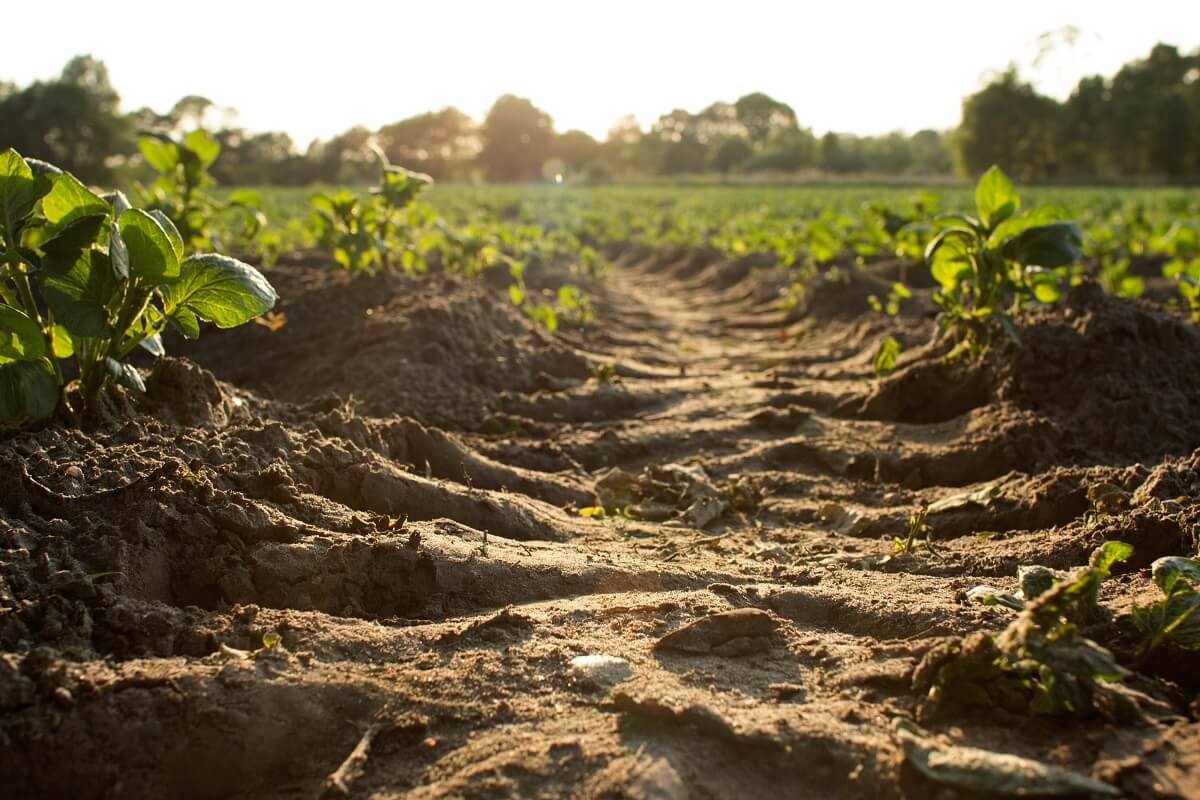
When messing around with any chemical additive, read the instructions and do your research before casting random amounts on your garden plot — you certainly wouldn’t want to end up doing more harm than good.
The amount of sulfur that’s appropriate to add also depends on your soil type. Burpee’s advice for lowering pH one unit is as follows.
- Sandy Loam: 10 pounds of sulfur per 1,000 square feet
- Loam soil: 13 pounds per 1,000 square feet
- Clay Soil: 20 pounds per 1,000 square feet
Older or less researched resources may recommend spreading materials like aluminum sulfate as a slow-release source of acidity. Anyone with any knowledge of chemistry and biology should immediately feel on edge with this recommendation as aluminum is toxic to plants, animals, and people, and is easily leached into groundwater. Don’t favor short-term results at the cost of long-term harm. Regardless of what you hear, do your research and avoid spreading this stuff at all costs, please
Ammonium sulfate is sometimes recommended as a safer alternative to aluminum sulfate but again, read directions carefully and err on the side of using too little, rather than too much. It can still burn plants with over-acidified soil if misapplied.
My recommendation? Don’t turn your garden into a chemical lab. These materials are harsh, dirty, and sometimes do more harm than good. The natural design doesn’t use these shortcuts. In a forest, field, or wetland, different pH levels occur due to natural processes that you can learn and mimic.
Let’s get into safer, gentler means of soil amendment.
Peat Moss
You’ll often see peat moss listed as an organic, natural means of acidifying soil. Peat moss is the naturally composted remains of Sphagnum peat plants that have been built up over thousands of years in the spongy, acidic environment of a peat bog. Peat moss can range anywhere in acidity from 2.8 to 4 and will naturally lower the pH of the soil when used as a mulch or amendment.
While this natural material is both nontoxic and organic, what the label doesn’t tell you is that it is also a finite resource that needs to be mined. Something that took years to create can’t be immediately replenished after being scraped away from a wetland — no matter what claims the bag label makes.
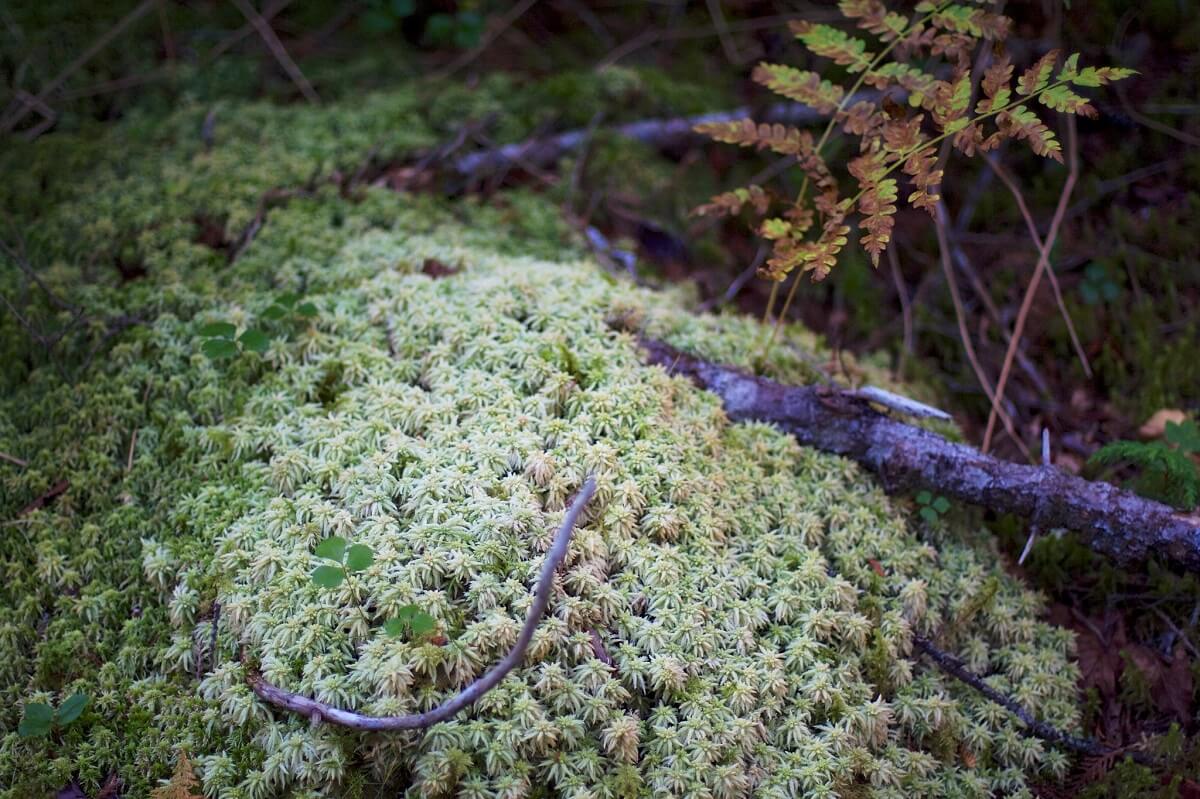
Additionally, the wetlands that created the peat in the first place suffer greatly in loss of biodiversity as the complex, delicate balance they held is totally disrupted by the mechanized removal of peat, however carefully it is done.
Related Post: The Scoop on Organic Fertilizer: Is It Right for Your Garden?
You can research more on this if you’re interested. It’s a complicated subject, with strong opinions on both sides of the table. But it’s this author’s opinion that if you can create soil acidity with good, free stuff from your own backyard (as we’ll detail below), why in the world do you need to mess around with trucked-in materials from some faraway wetland to achieve the same result?
The big bag companies won’t make any money off your assumed trust in their product, and at the end of the day, you’ll be a little bit more sustainable in a real way.
Can You Use Vinegar to Acidify Soil?
I’ve been asked if there are quick fixes to acidify soil, such as spritzing it with vinegar. It seems a logical idea, I guess if you’re only looking at pH numbers, but this mentality is shortsighted. There really is no shortcut to good soil.
Vinegar might change the pH for a moment, but it will wash out almost immediately with the next rain, and the sudden shock to your plants won’t do them any good in the meantime.
The truth is, trying to hijack your soil with a hack like this is like taking a vitamin in lieu of a good diet. Truly changing the pH of your garden in a healthy, long-term way takes time and work, but the results are worth it.
Coffee Grounds
Now we’re getting on the right track. By that I mean, now we’re talking both organic material and no need for excessive packaging. Coffee grounds will add to the organic component of your soil, but don’t actually change the pH in any long-term way.
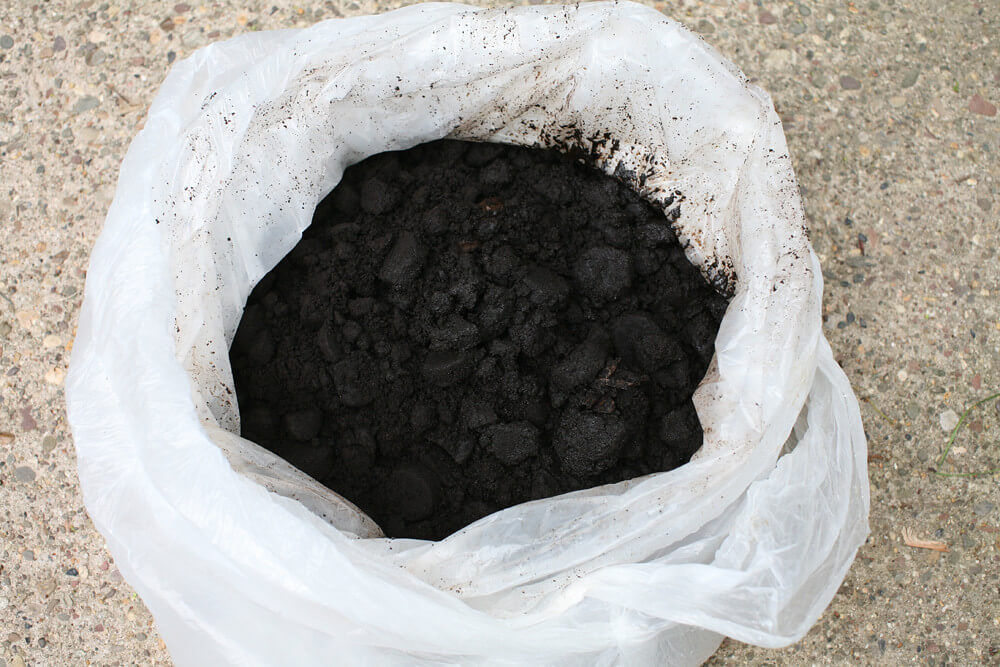
Studies done on the effects of coffee grounds in the garden show they temporarily contribute to the acidity of the soil when applied directly to a certain spot, but the effect wears off. Including coffee grounds in your composting menu is always a good choice, however, and it will certainly add to the soil and keep that good stuff out of needlessly sitting in landfills.
It’s a good ingredient on your journey to souring the soil, but as far as I know, it won’t give you the long-term soil acidity that you need for permanent change.
Leaf Mold
You might be thinking, sheesh, lady! What WOULD you recommend, then? Well, as an organic, off-grid gardener, I always hope to give my biggest recommendations to materials that are locally sourced, easy to obtain with a bit of your own elbow grease, and not dependent on things outside your control.
Thankfully, natural materials for gently and thoroughly acidifying your soil are easy to find. The process takes time, as any soil-building endeavor does, but these materials will build up the soil with long-lasting effects and real change.
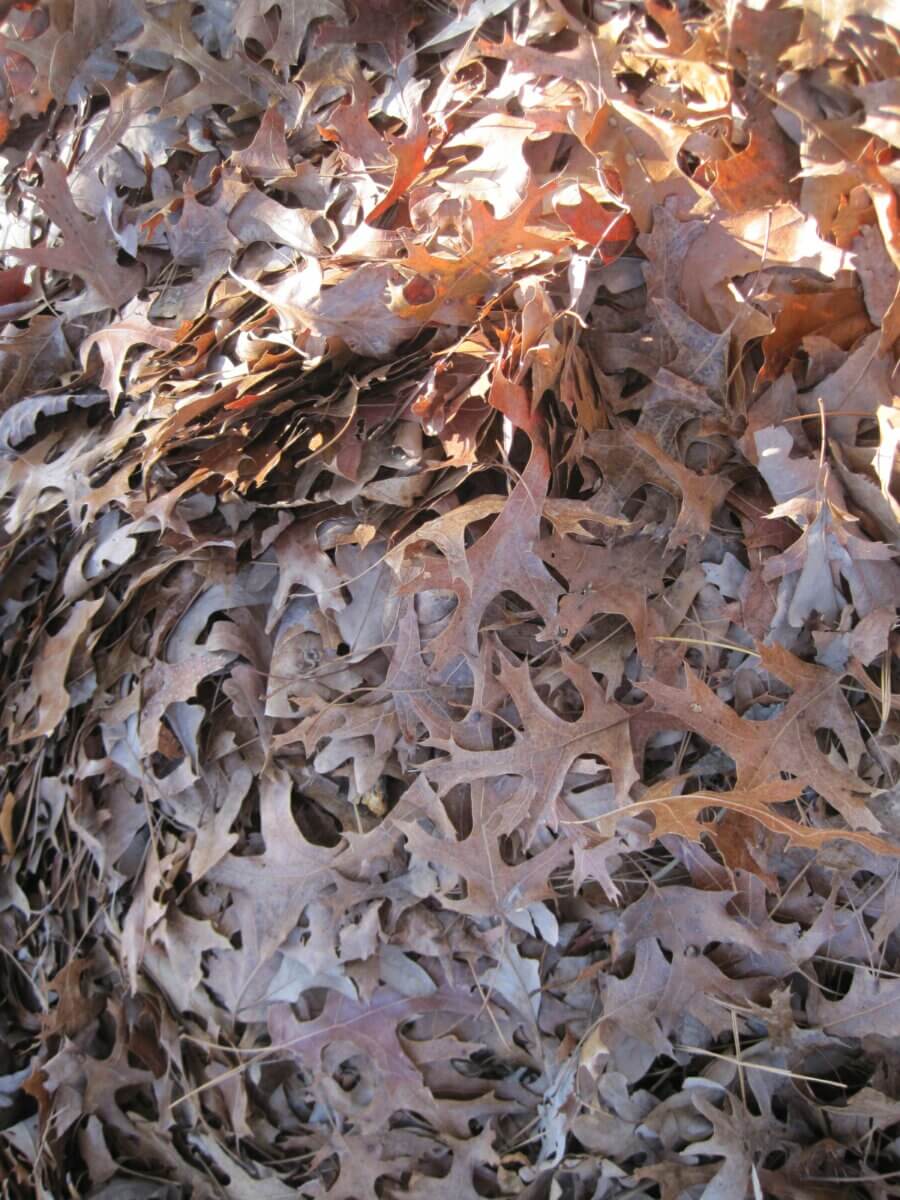
Leaf mold is a great place to start, particularly if you have access to oak trees. Oak leaves, in particular, are excellent for adding a bit of acidity to the soil, and you’ll get a fresh batch of ingredients every fall.
Leaf mold is even easier than compost — just pile up as many leaves as you can get your hands on in a compost bin or ring of old wire fencing, get the whole thing wet, and let it sit for two years or so.
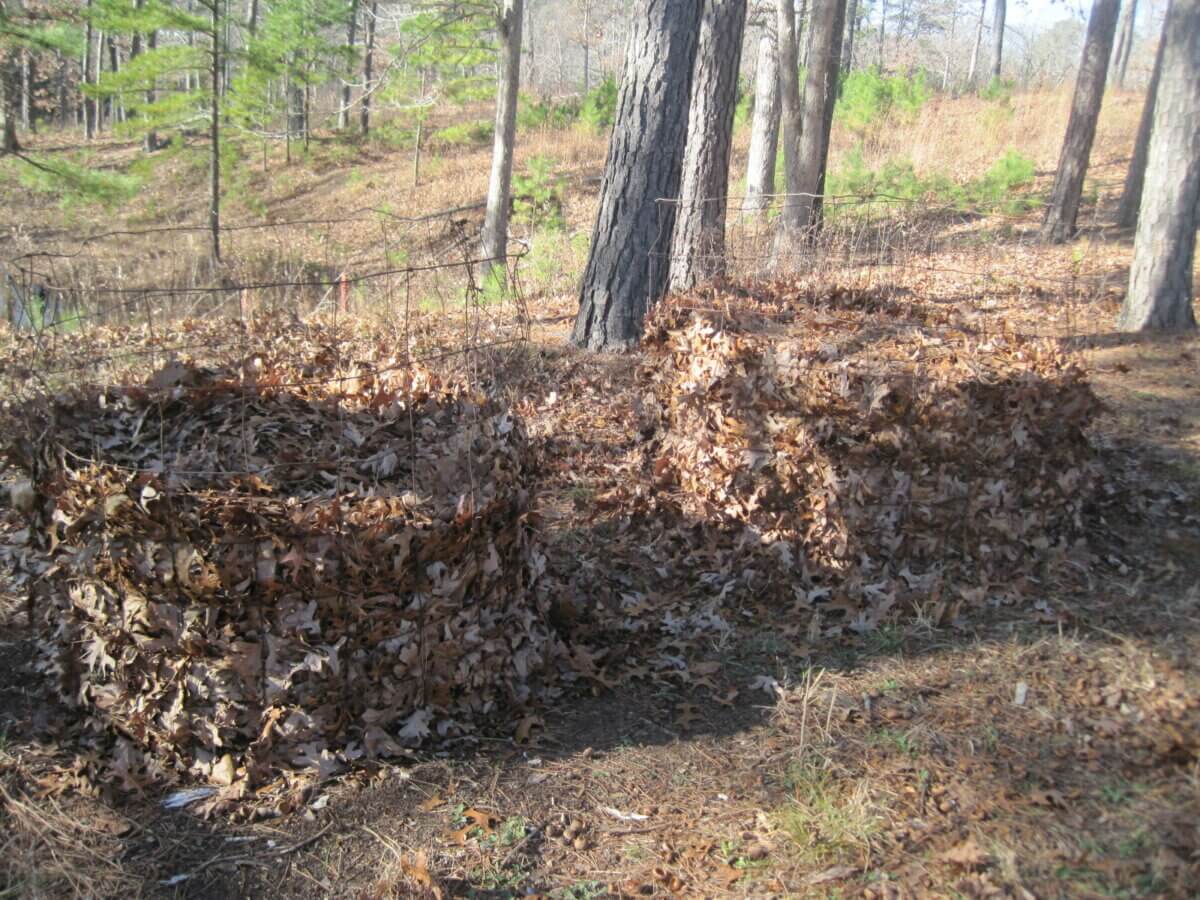
Your tiny-scale model of a forest floor will get chewed up by bugs, worms, bacteria, and fungi, and transformed into a wonderfully crumbly, light-to the touch, brown material that is excellent for mulching around your plants, or layering on the garden between plantings. Its effect won’t be immediate, but over time, it will build up the soil and adjust the pH as it does.
Pine Needles
Pine needles are also another good material to use as mulch. You may have noticed that different plants grow in pine-dominated forests than in other hardwood forests, or that you can’t grow the same plants by your pine trees as in your mailbox garden.
This difference is because the decades of fallen pine needles have changed the pH and composition of the soil below the evergreens. Collect that good material from under pine trees to bring that effect to your acidified-garden-to-be.
Wood Chips
If you have access to wood chips (or have signed up for a free motherload of them from ChipDrop), they can also be employed in your arsenal of natural materials for changing the soil. You may have read warnings in gardening books about using wood chips and sawdust in the garden because they contain acids that affect the soil. In this case, we can obviously use that to our advantage.
You should keep in mind, however, that these materials can remove nitrogen from the soil as they decompose. Pairing them with a hearty dose of compost may be the best route for keeping your soil nourished while it undergoes its pHersonality change.
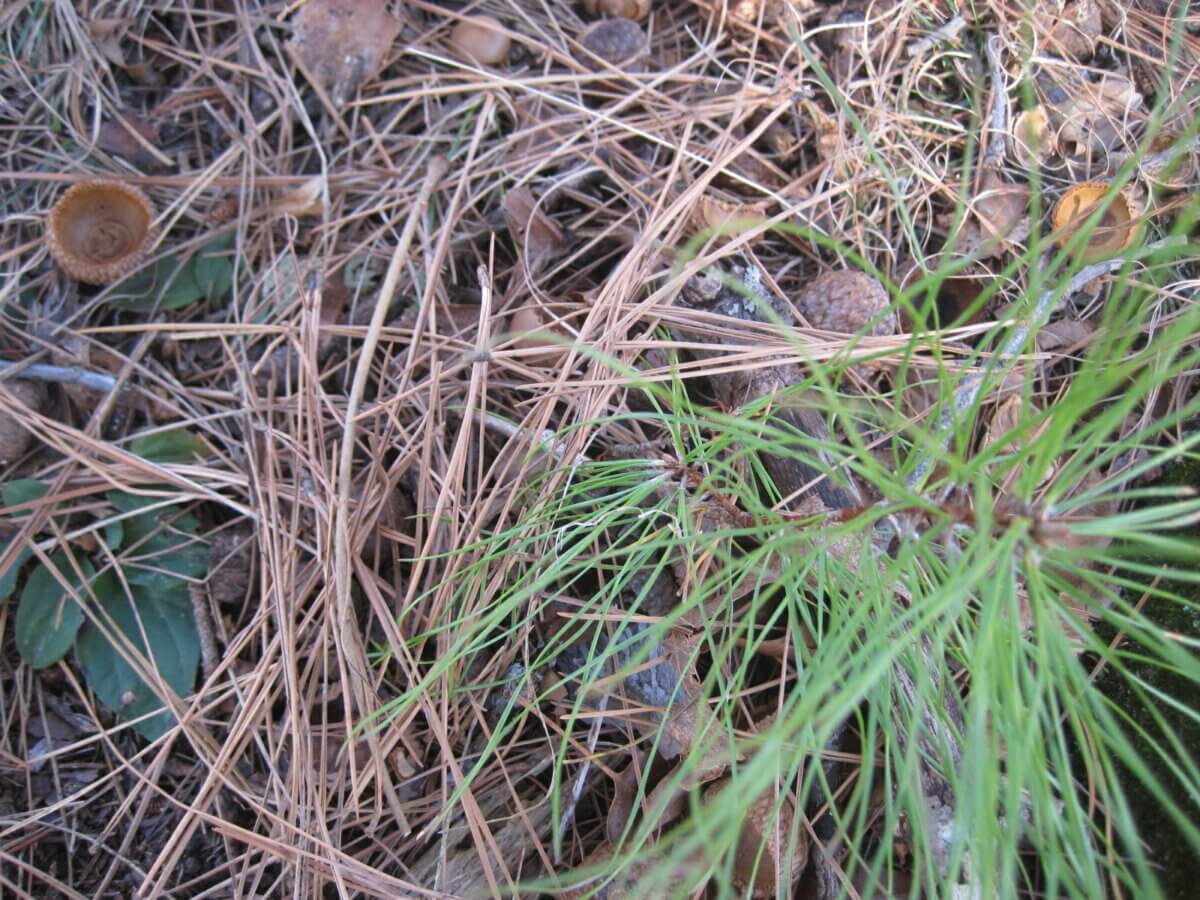
I know that these three ideas are slow going, but when it comes to building up great soil, the time invested is worth it. Though it may take a few years for your garden plots to really come into their own, adjusting the soil naturally will make for healthier plants and healthier land in the long run.
This winter is a great time to start applying the soil-builders you need to enhance the garden. They’ll slowly break down through the cold months, and get your plot ready for your best gardening season yet.



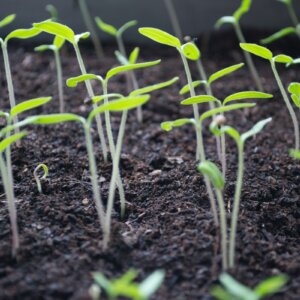



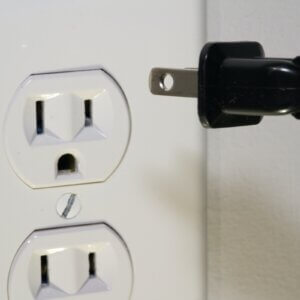

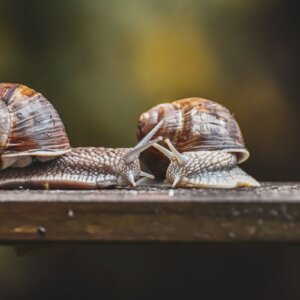

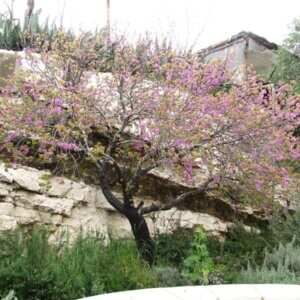

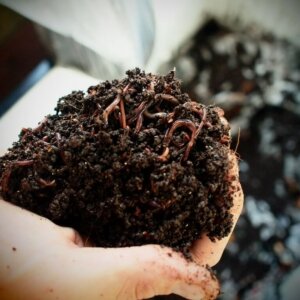



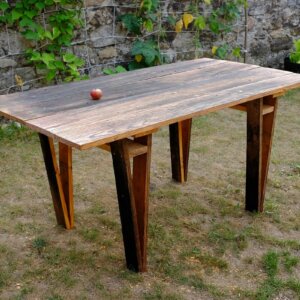


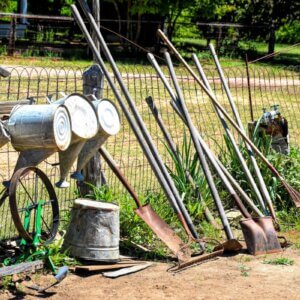


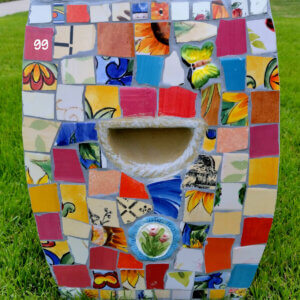
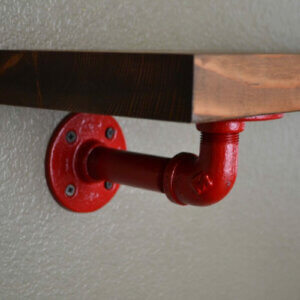
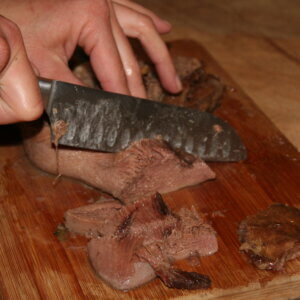

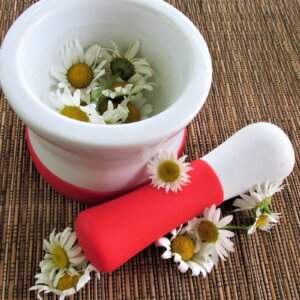


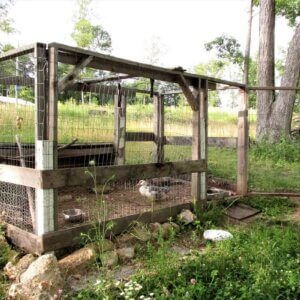

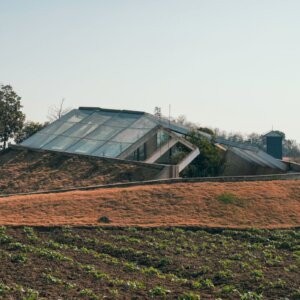
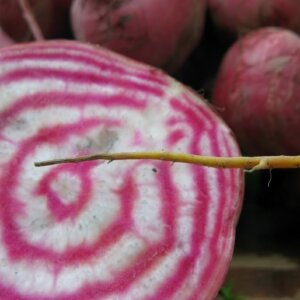





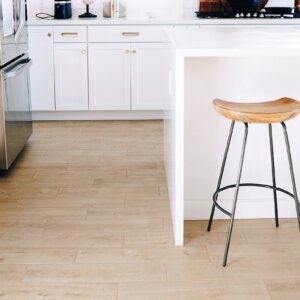
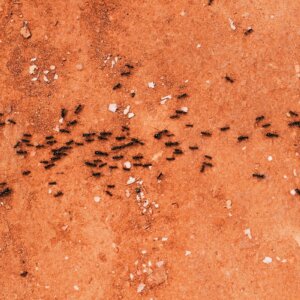
The slow method is great but I’ve got three large blueberry plants on the way and need to acidify the planting area ASAP.
Yes, planning ahead would have been better but I’m beyond that now. I doubt I’ll receive an answer but you never know.
Thanks.
Hey Phil,
You can try diluted vinegar as a short term solution and treat the plants frequently, but it’s hard to guess how much you need and as Wren points out, it may not stick.
I would focus on two things:
1 – When you plant the bushes you can also remove 5-10 gallons of existing soil depending on size of the hole, and mix it together with acidic potting soil mix to ‘jump start’ the acidity of your current soil.
2 – Getting blueberry specific fertilizer and treating regularly through the first couple of seasons.
Thank you. Most bloggers never reply.
I’ll try your suggestions.
the title says…….3 ways…….Exactly what are the 3 ways, you wrote about a lot of things but were never true to the title in giving the reader what you promised……..Im still waiting to find the 3 ways.
Oak leaves, pine needles and wood chips.
Robert she did tell us 3 ways, leaf mold, pine needles wood chip and sawdust but I add of course not from treated wood
I am having great success with huge rhubarb plants this season. However, the stalks are only turning red at the base. Otherwise they are very healthy. Do I need to wait another season for a useable harvest? My soil is alkaline in a raised garden bed in Southern California.
There is green and red rhubarb. Perhaps you have the green, which still has rose coloring. Both are excellent if given enough water and decomposed manure. The red imparts a nicer color for sauces and pies, but I can’t tell the difference in flavor. (There is no better pie than rhubarb custard.)
Has anyone tried using boric acid (boron) to acidify the soil levels?
I’ve used Epsom salt for magnesium, I think. It was years ago. But I think it says on the Epsom salt box.
Thank you for so many great points- using local materials (usually free and not in a packet), composting the materials rather than just adding (cooking our compost cake not eating raw ingredients)- so much more. Don’t see this easy, cheap info much. Great. I say it all the time but gardeners love to spend money!!
Do not add vinegar to your soil…do the worms and healthy bacteria a favour plse.
There is organic food specifically for Rhodo’s, blueberries and hydrangeas readily avail. If u Google organic soil Amendments from growers… I would try the place you ordered your blueberry bushes from first!